Developers behind Harlem’s One45 withdraw plan after opposition from local council member
Get the details here
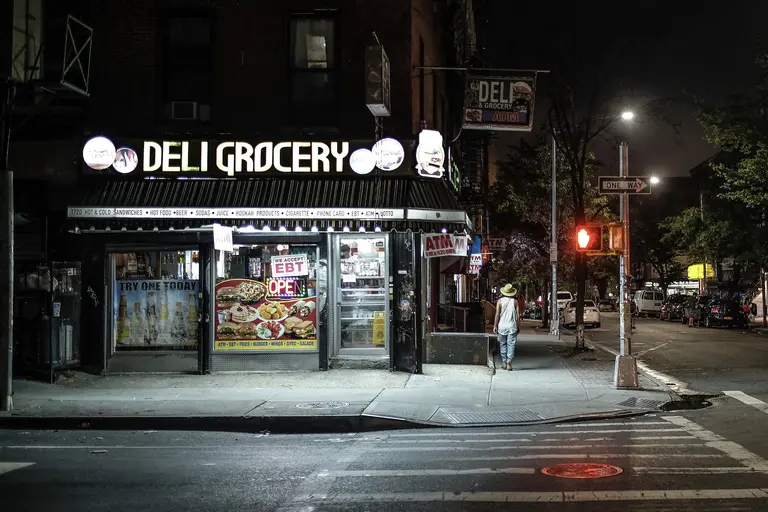
Photo by Clément Falize on Unsplash
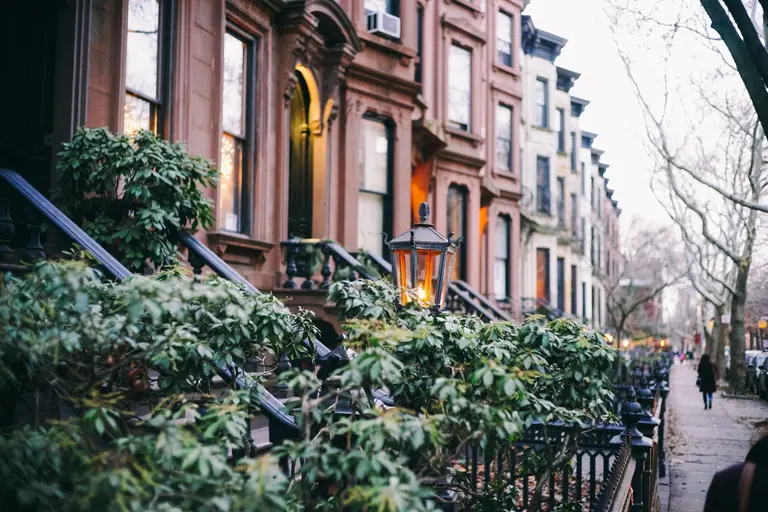
Photo of Park Slope brownstones by Josh Wilburne on Unsplash
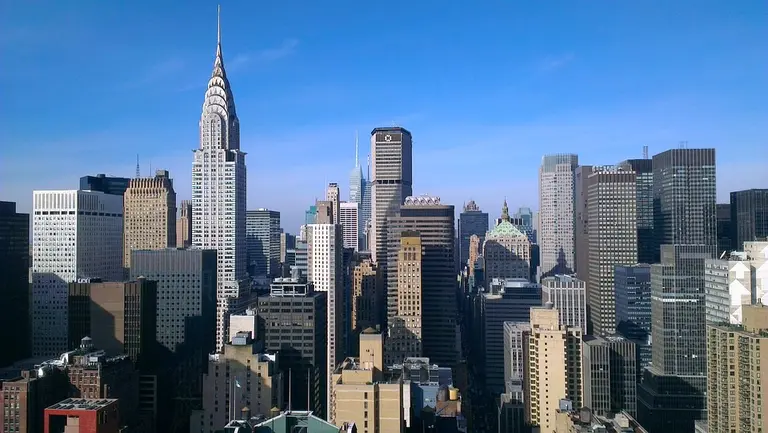
Photo via Creative Commons
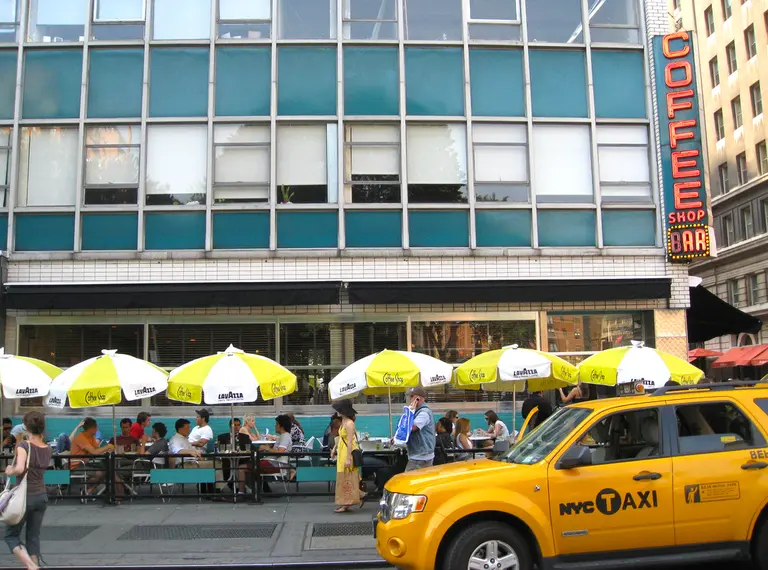
Via alphabetjenn on Flickr
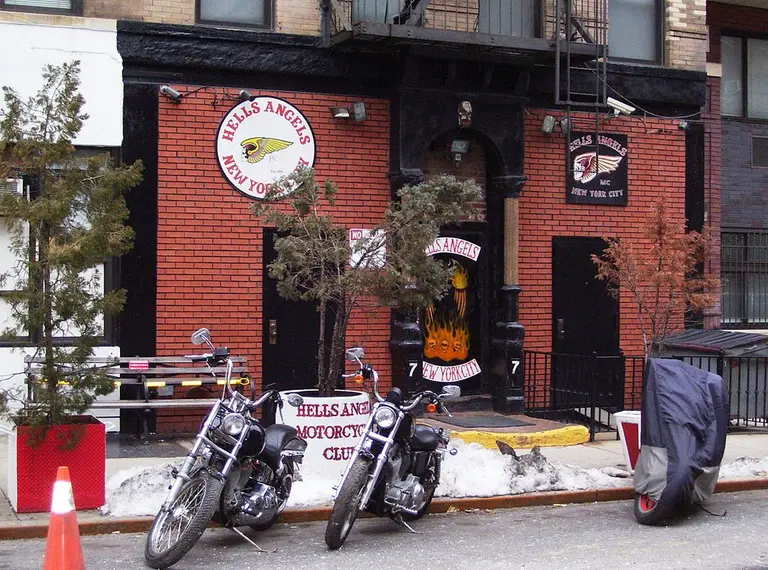
Image via Wikimedia cc.
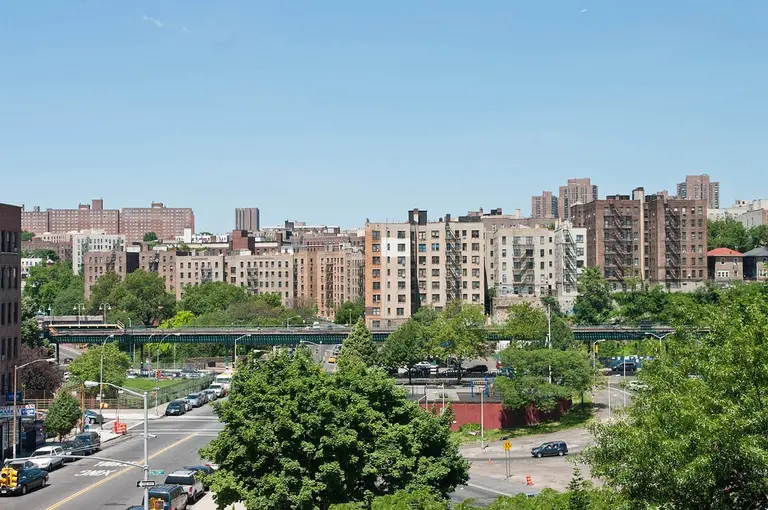
View from the Grand Concourse; photo courtesy of Dan DeLuca via Flickr.

6sqft’s series The Urban Lens invites photographers to share work exploring a theme or a place within New York City. In this installment, Aaron Bernstein shares his “Manhattan Meltdown” photo series of famous NYC foods, frozen. Are you a photographer who’d like to see your work featured on The Urban Lens? Get in touch with us at tips@6sqft.com.




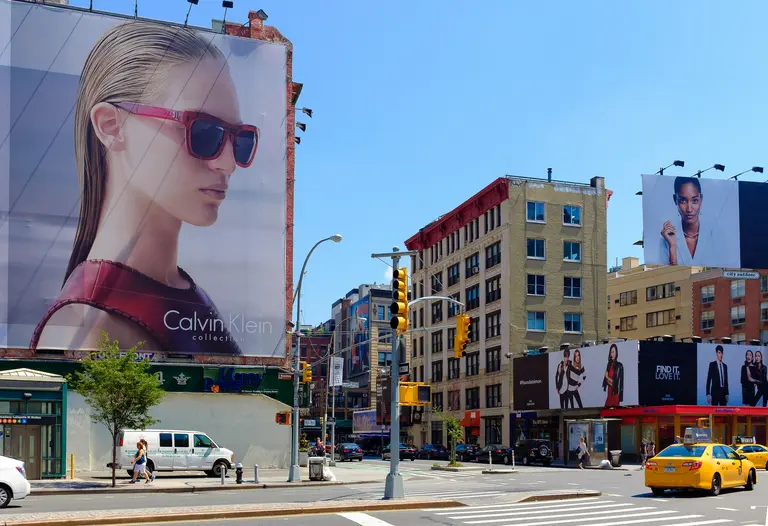
Image: Steven Pisano via Flickr.
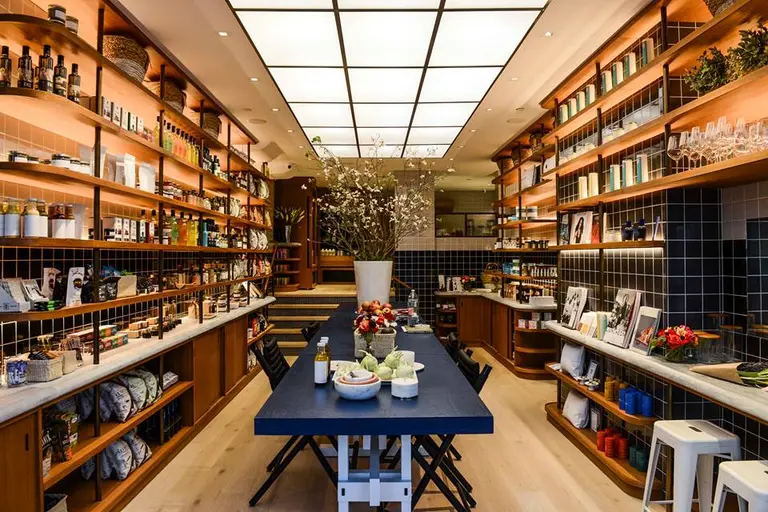
Image: Clover Grocery via Facebook.
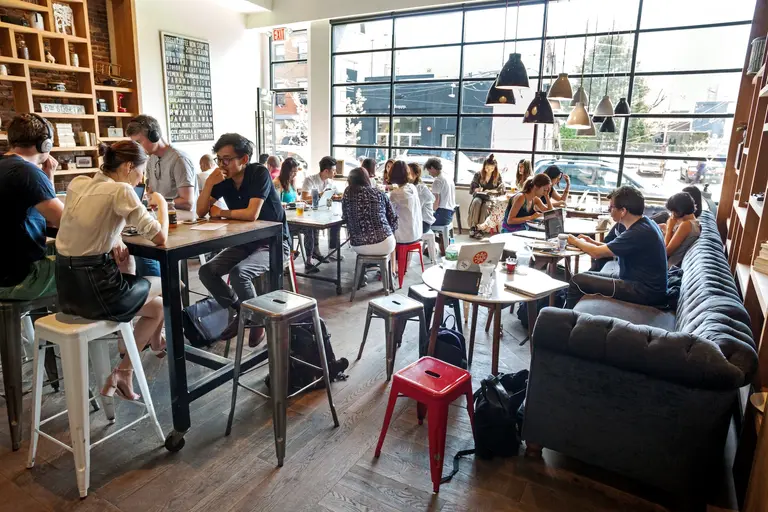
Toby’s Estate cafe and roastery on North 6th Street. Photo by James and Karla Murray exclusively for 6sqft.
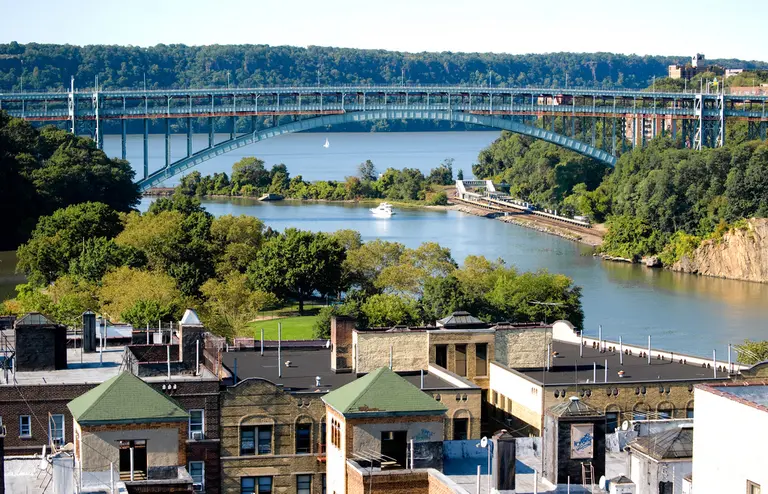
Inwood Hill Park; Image: Dana via Flickr.
 Know of something cool happening in New York? Let us know:
Know of something cool happening in New York? Let us know:
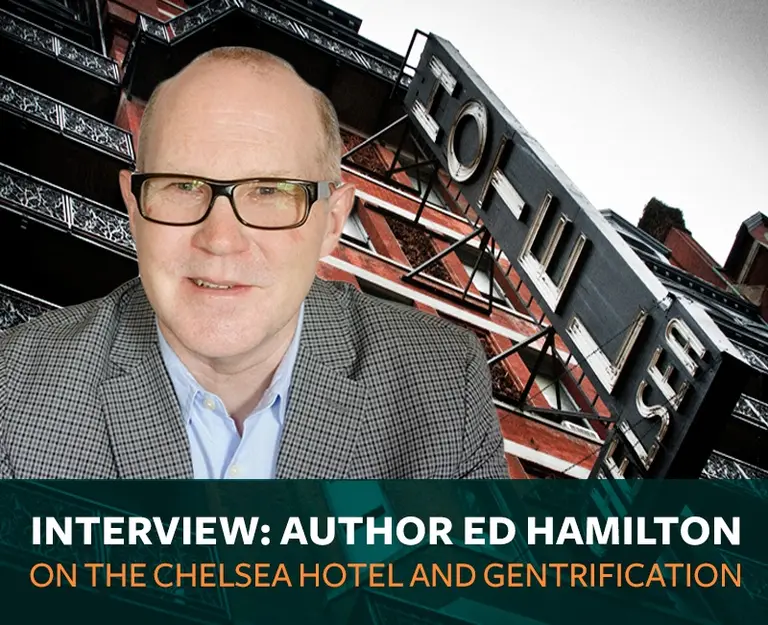
Background image via Andrew Malone/Flickr
Andra Mihali/Creative Commons Washington Heights is changing. New businesses are sprouting from Dominican roots that are catering to a diversified clientele—and introducing new objectives to entrepreneurs about surviving in New York City. The largely Dominican district has, for better or for worse, resisted gentrification for decades and relied on its traditions in foods, hair salons, […]
Notifications